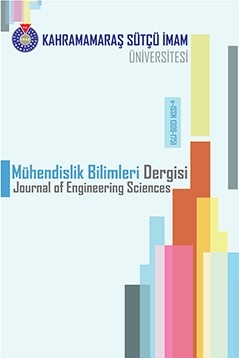Use the Extended Activated Sludge Process to Remove Triclosan (TCS) from Wastewater Treatment Plant
Use the Extended Activated Sludge Process to Remove Triclosan (TCS) from Wastewater Treatment Plant
The antibacterial personal care product Triclosan (TCS), is a broad spectrum antibacterial. It has been used for more than 40 years as an antiseptic, disinfectant or preservative in clinical settings, and in the various consumer products including cosmetics, plastic materials and toys. It has lately been determined in the sources of the aquatic environment; its potential effect on ecosystems. The contaminants can reach the soil and aquatic environment through land application of wastewater effluent and agricultural runoff, and then reach to humans through the food chain. Triclosan is used worldwide on a large scale especially in many personal care products, like toothpaste, shampoo and soap. In this study, the removal of Triclosan was investigated in an extended activated sludge process set in a laboratory-scale reactor. Activated sludge biomass used in the reactor was obtained from Gaziantep wastewater treatment plant. The analytical method based on solid-phase extraction (SPE) followed by high Performance Liquid Chromatography (HPLC) was used for the determination of Triclosan in extended activated sludge effluent. Reactor was operated in different HRTs and Triclosan removal efficiency was obtained as 92.5%, 95.4%, 99.1% and 99.9% for different HRT values of 18h, 24h, 48h, and 52h, respectively.
Keywords:
Activated sludge, biological treatment, removal triclosan, wastewater,
___
- Nakada, N., Yasojima, M., Okayasu, Y., Komori, K., and Suzuki, Y. 2010. Mass balance analysis of triclosan, diethyltoluamide, crotamiton and
- Başlangıç: 1998
- Yayıncı: Kahramanmaraş Sütçü İmam Üniversitesi
Sayıdaki Diğer Makaleler
Elektrik Dağıtım Şebekelerinde Scada/Dms Sistemlerinin İncelenmesi ve Uygulanması
Mehmet YURDABAK, Mustafa ŞEKKELİ
Tamer KORALAY, İbrahim ÇOBANOĞLU, Mevlüt DEMİR
Kare Kesitli Bir Yüksek Bina Üzerindeki Türbülanslı Akışın Sayısal Olarak İncelenmesi
Use the Extended Activated Sludge Process to Remove Triclosan (TCS) from Wastewater Treatment Plant
UV Koruyucu Özellikli Mikrokapsül Hazırlanması ve %100 Pamuklu Kumaşa
